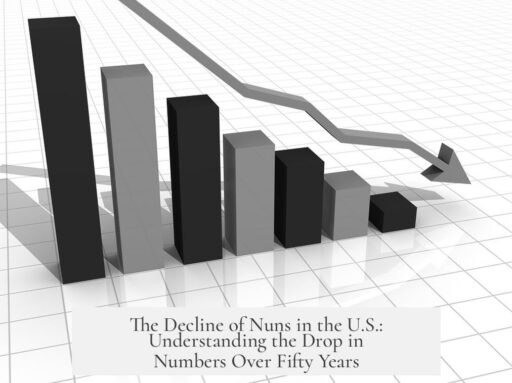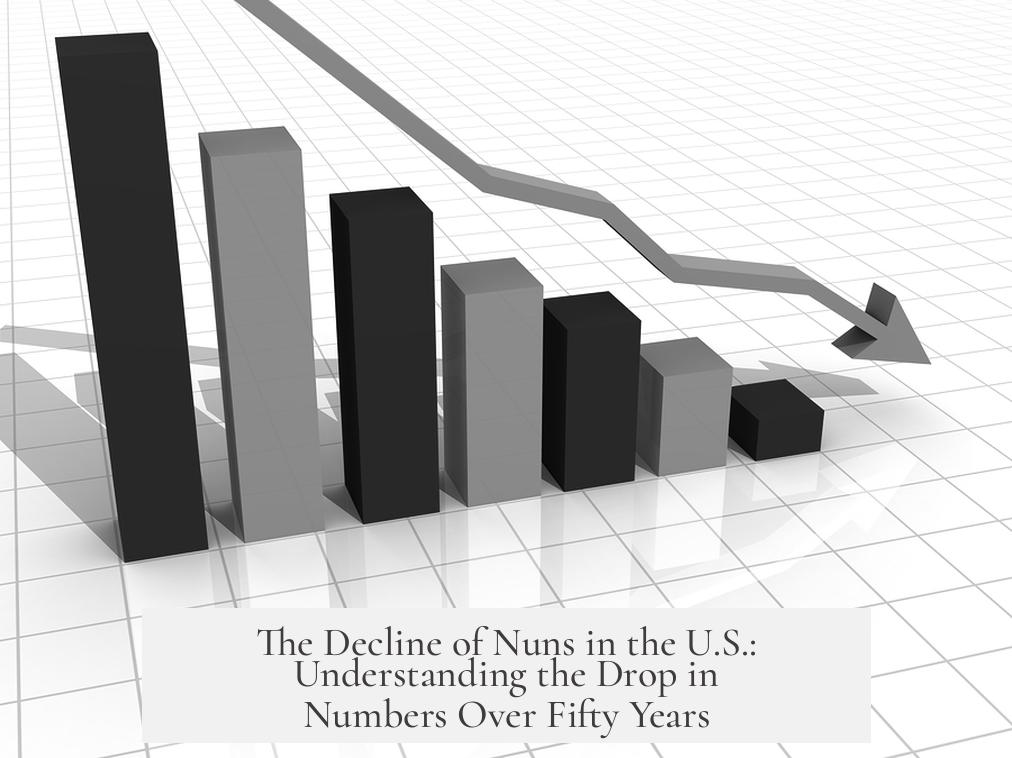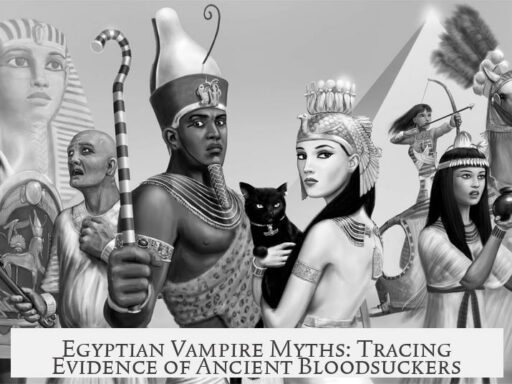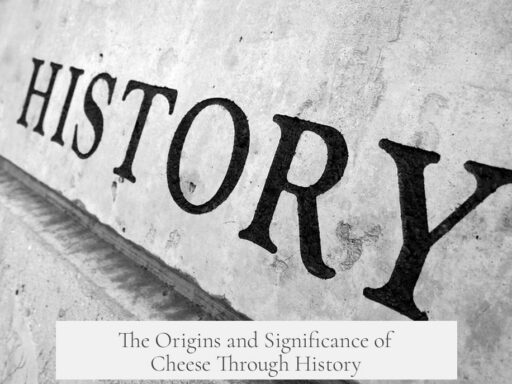The dramatic decline in the number of nuns in the United States over the past half-century results mainly from two factors: a high rate of departures from religious life between 1966 and 1980, and a severe drop in new recruits since the 1960s.

The peak number of women religious reached 181,421 in 1966. From there, it dropped steadily: 160,931 in 1970; 126,517 in 1980; then falling to 39,452 in 2021. This decline occurred despite the U.S. Catholic population’s growth from about 54 million in 1970 to 73 million in 2021. So, while more people identified as Catholic, fewer women chose religious life.
The first major cause was a wave of departures during approximately 1966 to 1980. An estimated 32,000 to 39,000 women left religious orders in this period. Many nuns and sisters decided to leave, contributing to a rapid decrease in numbers. This mass leaving created a gap that later recruitment could not fill.

The second cause is the sharply reduced recruitment after the 1960s. For example, between 1958 and 1962, over 32,000 women entered religious life. However, between 1976 and 1980, only about 2,700 new members joined. This decline in new entrants means that the losses from departures and aging remained unreplenished.
The remaining population of women religious is aging significantly. In 2009, less than 1 percent were under 40 years old, while 26 percent were over 80. About 80 percent were above 60, showing that attrition through death further reduces the total numbers.
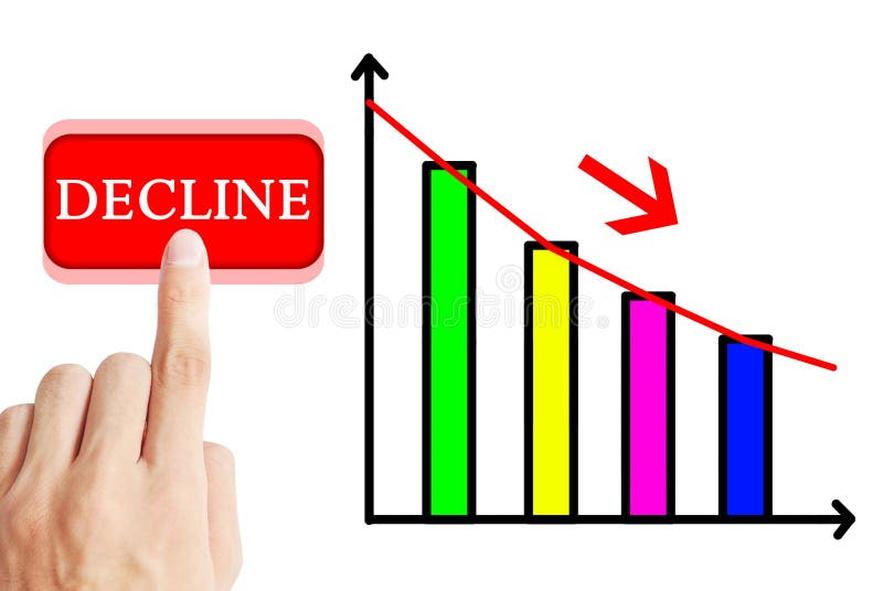
Besides these two main factors, the number of priests and men in religious life has also fallen, reflecting broader trends affecting religious vocations in the United States.
- Peak population of women religious was 181,421 in 1966.
- Significant departures (32,000-39,000) occurred mainly between 1966 and 1980.
- Recruitment of new nuns dropped drastically after the 1960s.
- U.S. Catholic population grew, but women’s religious life sharply declined.
- Most remaining nuns are elderly; under 1% under 40 years old as of 2009.
Why Has the Number of Nuns in the United States Fallen So Dramatically Over the Past Half-Century?
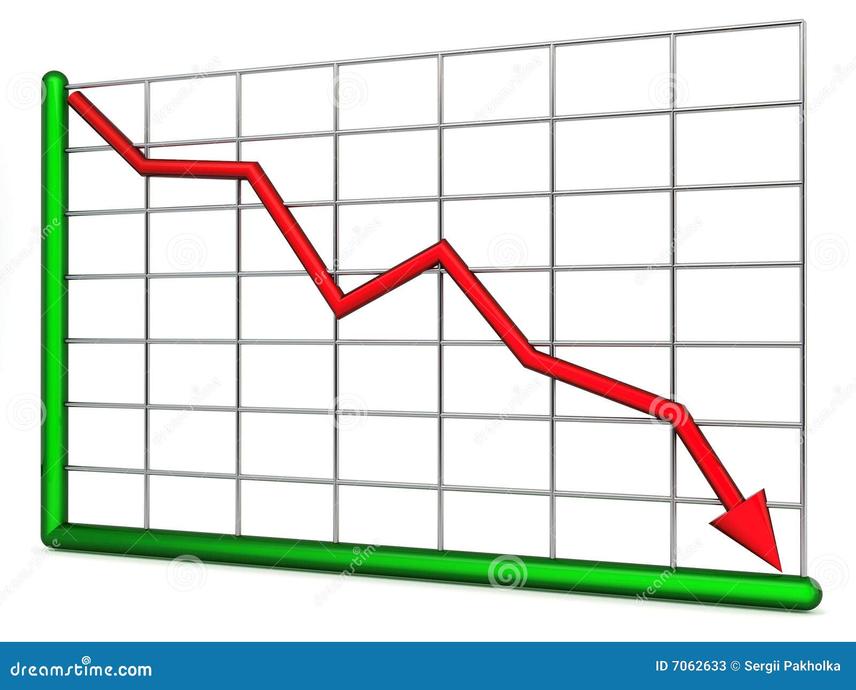
Simply put, the number of nuns in the United States has plummeted due to two major reasons: a steep wave of departures between the 1960s and 1980s, followed by a sharp decline in recruitment of new members that was never reversed. This shrinking trend has transformed the landscape of women religious life dramatically over the past fifty years.
Now, let’s unravel how and why this dramatic decline happened, and what it means for the Catholic Church and society today.
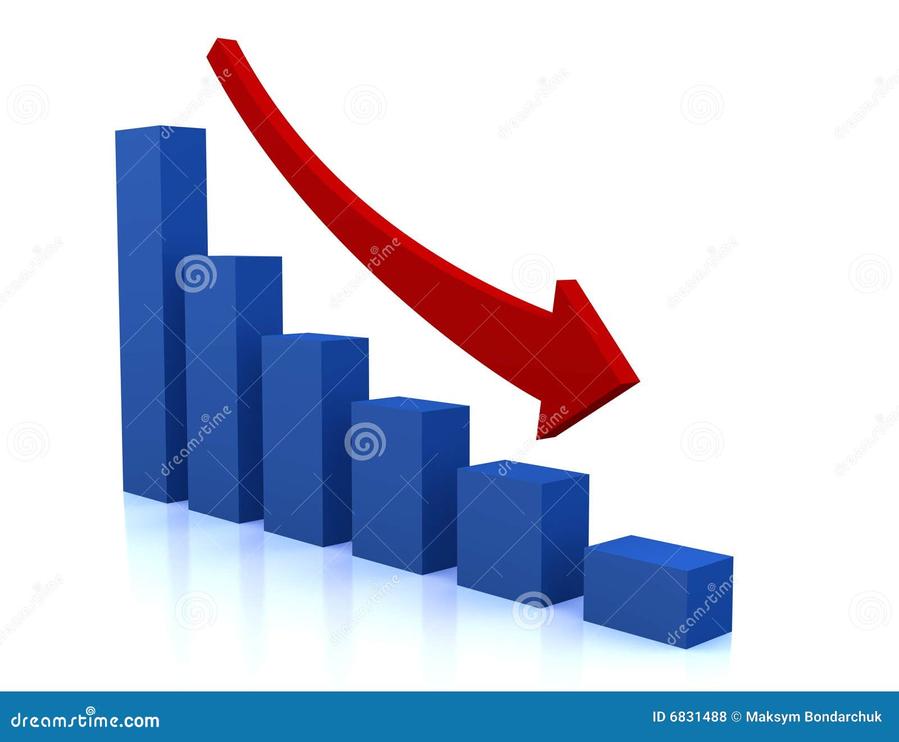
The Peak and the Plunge: A Sharp Decline in Numbers
Back in 1966, the U.S. was home to 181,421 women religious. That’s a robust sisterhood! Fast forward to 2021, and that number shrinks to just 39,452 — a decline of nearly 80%. That’s not just a dip; it’s a plunge deep enough to make any statistician raise their eyebrows.
This decline happened despite a growing Catholic population. In 1970, there were about 54 million Catholics in the U.S. By 2021, that number had ballooned to 73 million. So, more Catholics, fewer nuns. Feels counterintuitive, right?
More Catholics, Fewer Nuns: The Paradox Explained
How is it that as Catholicism gains adherents, fewer women commit to religious life? The answer lies less in the number of potential candidates and more in what’s happening behind the convent walls.
Similar trends appeared among priests and other men in religious orders. So, this is part of a broader shift affecting multiple forms of Catholic religious life in the U.S.
The Double Whammy: Departures and Recruitment Collapse
Between approximately 1966 and 1980, a massive wave of nuns and sisters left — an exodus estimated at somewhere between 32,000 and 39,000 women, according to Marie Augusta Neal’s Catholic Sisters in Transition (1983). That’s like an entire small army walking away from convent life all at once.
Why did so many leave? The reasons are complex. Some were deeply personal, related to changes in Church practices after Vatican II. Others left to pursue careers, education, or lifestyles their communities no longer strictly required. The 1960s and ’70s were times of social transformation and questioning authority—religious life was no exception.
Yet, losing thousands wasn’t the whole story. The real kicker was the recruitment drop-off that followed. While more than 32,000 women entered religious life between 1958 and 1962, that number nosedived to just 2,767 during 1976-1980. That’s roughly a 90% drop—ouch.
The numbers lost to departures were never replenished. This means the average age of women religious grew older every year, with fewer young women joining to breathe new life into these communities.
The Aging Sisterhood: Staring Down Demographic Reality
Fast forward to 2009, and the demographic picture looked grim. According to a 2014 CARA (Center for Applied Research in the Apostolate) report, less than 1% of women religious were under 40 years old. That’s like having a sports team where everyone is a seasoned veteran but no rookies are coming in.
On the older side, 26% of women religious were 80 or older, with 80% being over 60. This paints a picture of an aging population facing natural attrition through death, without enough younger sisters to carry the torch.
What Does This Mean for the Church and Society?
This decline isn’t just a numbers game. The social role of nuns and sisters—from education to healthcare to community service—has historically been significant. So, fewer nuns means fewer people available for these roles traditionally filled by women religious.
However, some narratives suggest these changes allowed more women to explore new opportunities outside strict religious constraints. Many former nuns played crucial roles in academia, social services, and activism. So, the impact extends beyond convent walls.
Facing Forward: Can the Decline Be Reversed?
Is there hope for a comeback? The odds are challenging. The Church’s stringent requirements, cultural shifts, and alternative life paths make recruiting younger generations daunting.
Nonetheless, some communities are adapting by focusing on flexible forms of commitment or engaging young women through different models of spirituality.
For instance, some orders emphasize social justice or community activism, aligning religious life more closely with contemporary values. This could attract women who are less interested in traditional habits and rules but eager to serve.
A Thought to Ponder
If the number of nuns is dwindling, what does that say about modern spirituality and service? Are institutions adapting fast enough? Or is religious life transforming into new forms yet to be fully recognized?
Ultimately, the dramatic fall in the number of nuns in the United States over the past half-century reveals much about changing cultural landscapes, shifting spiritual priorities, and evolving notions of vocation. It’s a story about loss, change, and transformation—not just numbers.
Why did so many nuns leave between 1966 and 1980?
Between 1966 and 1980, about 32,000 to 39,000 nuns left religious life. Many chose to leave due to social changes and personal decisions during that period. This was the main cause of the initial sharp decline.
Has the number of women joining religious life changed over time?
Yes. Recruitment dropped sharply after the 1960s. For example, about 32,433 women entered between 1958-62. Two decades later, from 1976-80, only 2,767 entered, a huge decrease.
How does the aging population of nuns affect the total number?
The remaining nuns are older. In 2009, less than 1% were under 40, while 26% were 80 or older. Aging leads to natural attrition, which further reduces their numbers over time.
Has the overall Catholic population in the U.S. declined along with the number of nuns?
No. While the number of nuns dropped, the U.S. Catholic population grew from 54 million in 1970 to 73 million in 2021. The decline in nuns is not due to fewer Catholics.
